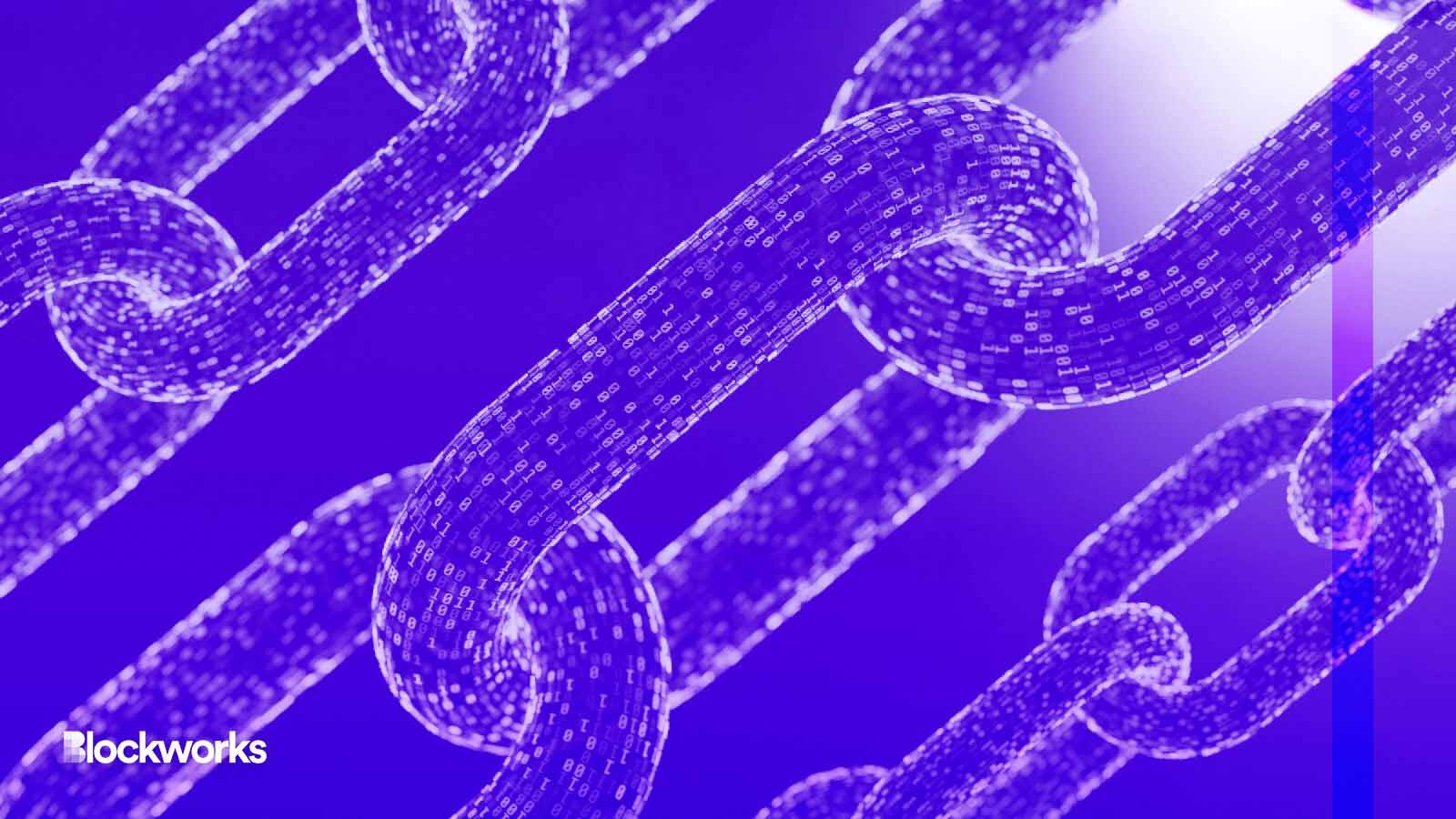Connext is Connecting the Multichain with Chain Abstraction
Connext wants to make using layer-2s and layer-3s a seamless experience

SWKStock/Shutterstock modified by Blockworks
Interoperability protocol Connext has introduced chain abstraction with the goal of simplifying the layer-2 experience.
Similar to how account abstraction is designed to simplify the end-user experience with wallets, chain abstraction is designed to enable users to interact with multiple decentralized applications (dapps) on different chains without ever needing to leave the user interface.
Traditionally when interacting with layer-2s, users may need to bridge their funds to chain A if they want to use a specific liquidity pool on chain A, but they only have tokens available on chain B.
This makes for a complicated user experience and can often deter new users from wanting to transact in the space, as they will need to navigate the process of bridging, paying gas and depositing funds across different networks.
Many different protocols are working on resolving this issue, including Chainlink, LayerZero and Wormhole, to name a few. All of these protocols focus on cross-chain messaging, which enables smart contracts to communicate with each other.
Most of these protocols fall under the three most common bridges that exist today:
- Native
- Externally verified
- Optimistic
Native bridges are completely trustless, Max Lomuscio, marketing lead at Connext Labs, told Blockworks. Transactions on native bridges are fully verified by one blockchain, but they often only work in one direction.
Another type of bridge — externally verified — uses external parties to verify transactions and relies on trust.
This includes the likes of Chainlink and LayerZero. On Chainlink, for example, users must trust that the oracle is accurate. With LayerZero, there is a 2/2 multisig, where two parties are responsible for all token bridging.
“The problem is that there is nothing to prevent these parties from colluding if they wanted to,” Lomuscio said.
Optimistic bridges are a third type. Similar to how rollups operate, transactions that pass through optimistic bridges must be quarantined for 30 minutes before they are valid.
Lomuscio notes that “any watcher can submit a fraud-proof and slash the transaction, so you only need one good actor to keep in the space watching the transactions to keep the system secure.”
Connext claims that what it introduces with chain abstraction is completely trustless and fast.
“Connext plugs into native bridges to move the data using the most secure path. On top of it, we have an optimistic system so that we can shorten the time to move messages from rollups that would otherwise require seven days,” Lomusico said.
There is also a liquidity and execution layer — Lomusico explains, “where liquidity providers front cash to users immediately then wait for the 30 minute refund on the optimistic layer.”
The Connext toolkit has been audited and is available to developers on Ethereum, BSC, Arbitrum, Polygon, Optimism and Gnosis to use, Lomuscio said.
To use the toolkit, dapps on these platforms will have to import it into their own architecture, Lomuscio notes.
“It doesn’t require any change to their smart contracts although we recommend to customize their UI to make it seamless for their dapp,” he said.
Other chains that will be able to deploy the toolkit in the near future include Linea, Scroll, zkSync, Base and Polygon zkEVM, just to name a few.
“The idea is that with hundreds or thousands of [layer-2s] and [layer-3s] that will launch on the market in the coming years, the experience of users will be completely fragmented and disrupted,” Lomusico said. “The only way for dapps to enable a seamless experience is to abstract the concept of chains and the underlying tech stack in general.”
This is similar to what exists in the internet world today, where users are unaware of which server or storage system websites are running on, Lomusico noted.
Dapps that have already adopted the chain abstraction concept today are betting platform Prode and liquidating bootstrapping protocol Fjord. Other dapps integrating the Connext toolkit still largely remain on testnet, with mainnet launches planned for the coming weeks.
Get the news in your inbox. Explore Blockworks newsletters:
- The Breakdown: Decoding crypto and the markets. Daily.
- 0xResearch: Alpha in your inbox. Think like an analyst.






